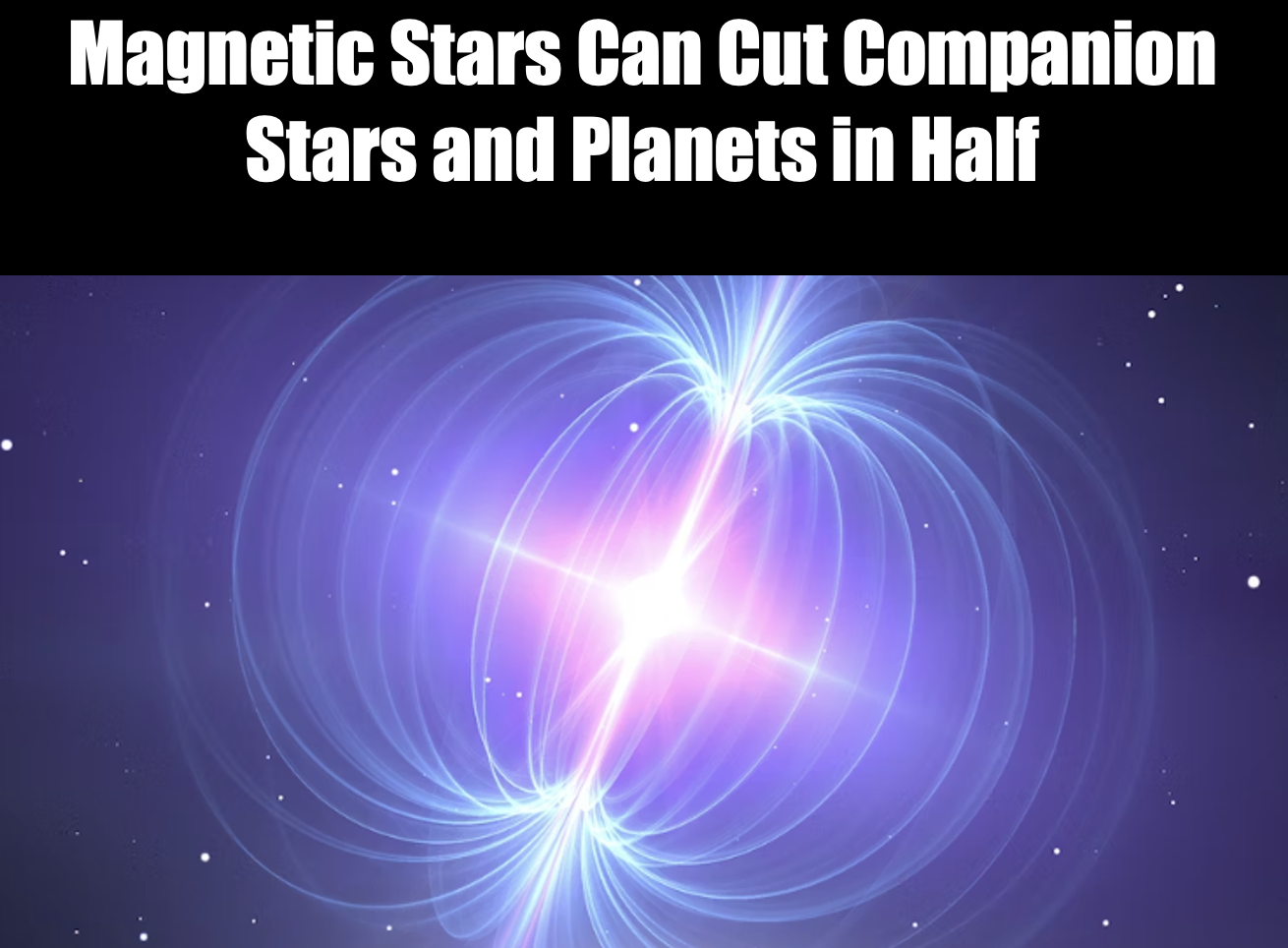Researchers have modeled the dynamics of an equatorial explosion powered by a millisecond magnetar formed from the core collapse of a massive star. Magneto-centrifugally-driven, relativistic magnetar winds might be powerful enough to produce an ultra-relativistic blade (“lamina”) that successfully carves its way through the dense stellar interior of another star. They present high-resolution numerical special-relativistic hydrodynamic simulations of axisymmetric centrifugally-driven explosions inside a star and follow the blast wave propagation just after breakout.
Highly magnetized neutron stars have been known for decades as sources of classical gamma-ray bursts (GRBs).
Researchers calculated that a super magnetic plasma clade with 3 × 10^52 erg could erupt from the equator of a magnetic neutron star.
Assuming the MSM engine spontaneously shuts off, the lamina will decelerate after sweeping at a radius of 100 billion kilometers. Neptune orbits at 4.5 billion kilometers. The total energy of a supernova is about 3 × 10^51 erg.
An equatorial engine can produce an ultra-relativistic breakout focused into a very thin lamina structure. The fastest core is focused into an even thinner working surface due to the path ahead of the engine being evacuated so efficiently. Kelvin Helmholtz instabilities develop deep in the stellar mantle, and the cocoon-jet interface experiences rarefaction waves and/or shocks that lead to collimation shocks as usually seen for classical jets. However, the formation of “knots”caused by the collimation shocks along the beam do not form as they have for classical jet. Because of their geometry, the lamina outflow sweeps up more mass than classical jets. A detailed resolution study of relativistic jet breakout is needed to further pin down the limitations imposed by these compact GRB progenitors and seeding of turbulence.

Brian Wang is a Futurist Thought Leader and a popular Science blogger with 1 million readers per month. His blog Nextbigfuture.com is ranked #1 Science News Blog. It covers many disruptive technology and trends including Space, Robotics, Artificial Intelligence, Medicine, Anti-aging Biotechnology, and Nanotechnology.
Known for identifying cutting edge technologies, he is currently a Co-Founder of a startup and fundraiser for high potential early-stage companies. He is the Head of Research for Allocations for deep technology investments and an Angel Investor at Space Angels.
A frequent speaker at corporations, he has been a TEDx speaker, a Singularity University speaker and guest at numerous interviews for radio and podcasts. He is open to public speaking and advising engagements.


It’s a Samurai Superstar.